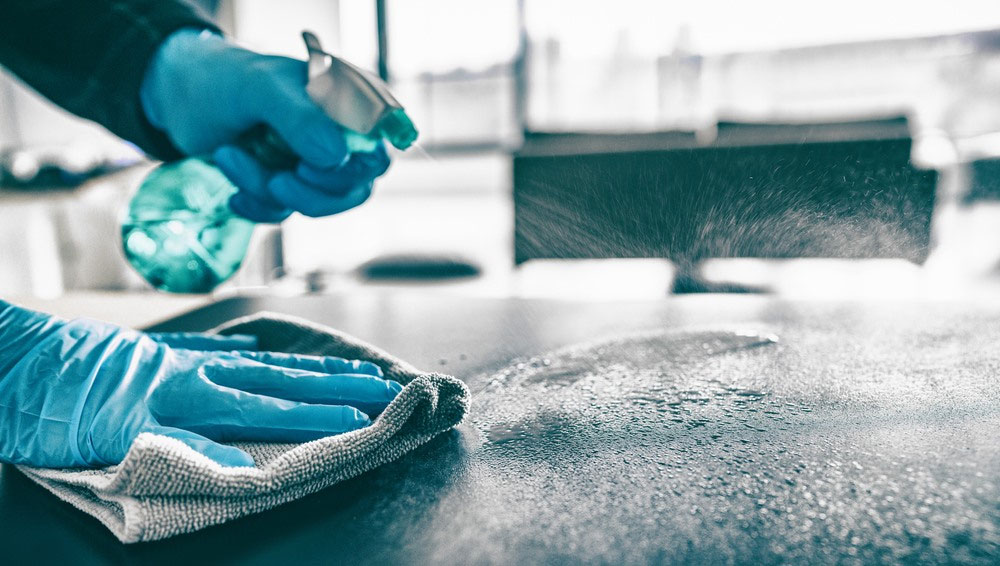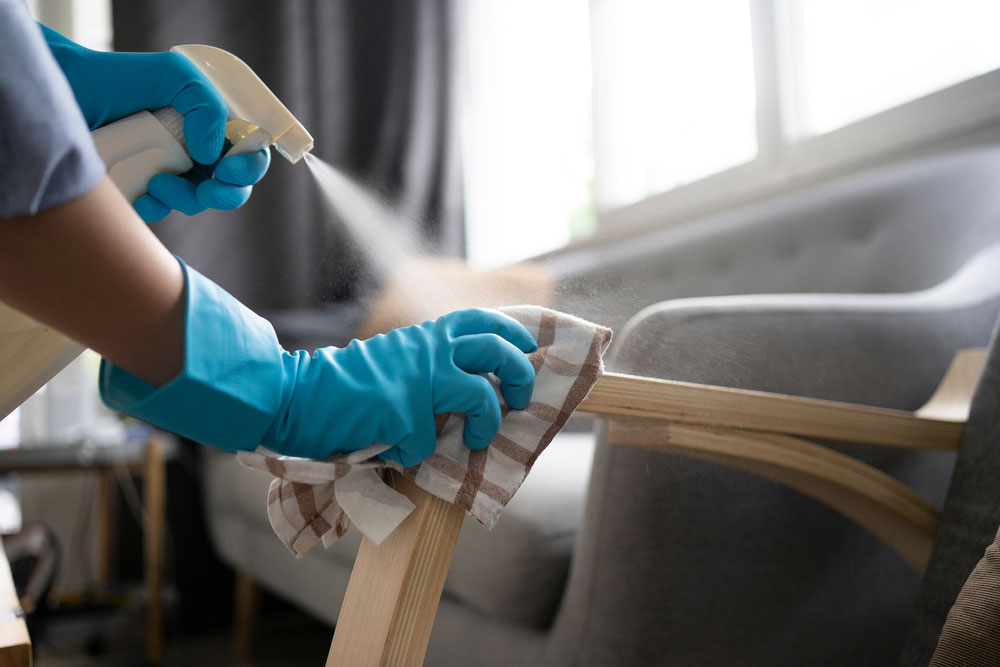COVID-19 pandemic heightens the importance of sanitization. The fastest, easiest, and most effective way to slow or reduce the spread of coronavirus is through the surface disinfection and frequent hand washing with soap and water. Sanitation is a preventive and strategic method to reduce the mammoth spread of coronavirus. Since there is no foolproof method or known specific, effective, and proven treatment to tackle the present COVID-19 pandemic, sanitization has a central role to play.
It’s not enough that your professional and domestic spaces look and smell clean. To ensure that you and everyone near you can remain happy and healthy, it’s also important to sanitize your home/workspace on a microscopic level.
The importance of proper sanitization in response to the COVID-19 pandemic
The COVID-19 outbreak has overly emphasized the importance of sanitization with soap to reduce the spread of the virus. The virus is quite fragile, but it can persist on hard (porous and non-porous) surfaces, from minutes to hours. This increases an opportunity for hand-to-body transfer and therefore increases the risk of infection. However, the lipid coat is easy to disrupt, so sanitizing the surfaces makes the virus easy to kill.
What household surfaces & stuffs are important for disinfection during the COVID-19 pandemic? Here are some high-touch surfaces including Doors, Doorknobs, Handles, Phones, Laptops, Keyboards, Touch screens, Tables, Desks, Countertops, Light switches, TV remote controls, Faucets and sinks, Gas pump handles, Hard dining chairs (seat, back, and arms), Toilets (seat and handle), and more which are touched frequently and will need routine sanitizing. Routine cleaning and high contact area sanitizing should be performed frequently, based on the occupancy.
The Centre for Disease Control (CDC) recommends we all take steps to clean and sanitize high-touch surfaces in our homes.

First Clean, Then Disinfect:
- First, clean the high-touch surfaces, removing any contaminants, dust, or debris. It can be done by wiping them with soap water or a cleaning spray and a hand towel.
- Then apply a surface-appropriate disinfectant (using disinfecting wipes or disinfectant spray).
Chemical Disinfectants
Here’re some chemical disinfectants that can be used safely with the directions mentioned on the label:
- Alcohol
- Chlorine and chlorine compounds
- Formaldehyde
- Glutaraldehyde
- Hydrogen peroxide
- Iodophors
- Ortho-phthalaldehyde (OPA)
- Peracetic acid
- Peracetic acid and hydrogen peroxide
- Phenolics
- Quaternary ammonium compounds

Tips for using chemical disinfectants safely
It is important to clean and disinfect to help prevent the spread of COVID-19. However, you must be cautious as it contains EPA-registered pesticides that can cause harm, especially if not used as directed.
- To ensure safe and effective use of product, always follow all safe handling instructions on the label of product before using a particular cleaning product for household uses.
- Gloves and safety glasses or goggles for potential splash hazards to eyes are recommended.
- Ensure adequate ventilation such as open windows.
- Store and use chemicals out of the pets’ and children’s reach.
- Never mix cleaning/disinfecting chemicals.
- Use only the amount recommended on product’s label.
- Always clean before you disinfect.
Benefits of sanitizing your home
Here are some benefits of keeping a clean and sanitized space at home. Let’s take a look at the benefits of sanitizing and disinfecting your home.
- Keeps your home clean and prevent illness, allergies, and even asthma
- Makes you feel positive and relaxed
- Helps relieve and prevent unnecessary stress.
- Lowering the risk of a health problem
- Reducing the risk of flare-ups
- Reducing respiratory issues
- Helps keep bugs and other pests away from your home
Proper sanitization for surfaces and for ambience can tackle the issues associated with infections, slow the spread of COVID-19 virus, and prevent it from taking a colossal shape for the society as a whole .
